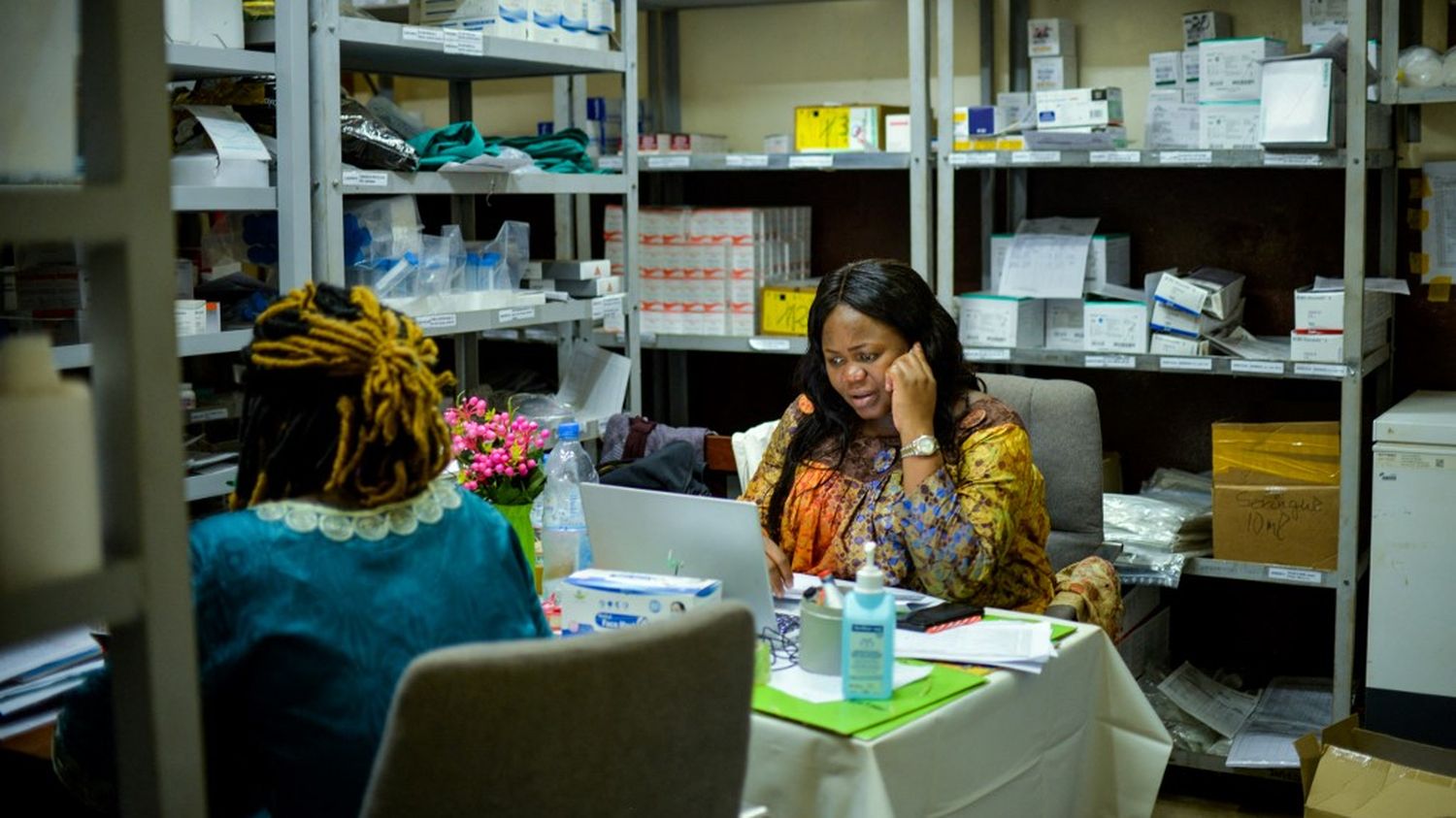About 1.3 million people will be infected in 2023. The organization fears that the target of 330,000 infections by 2025 will be unattainable.

Published
Update
Reading time: 1 min

Time is running out. Decisions made by policymakers this year will determine whether the world can meet the goal of eliminating AIDS as a public health threat by 2030, UNAIDS, the UN agency specializing in the disease, said Monday, July 22. By 2023, just under 40 million people were living with the AIDS virus, HIV, the organization’s annual report revealed.
About 1.3 million were newly infected in 2023, some 100,000 fewer than a year earlier. That’s 60 percent less than the peak in 1995, when 3.3 million people contracted HIV. AIDS also kills far fewer people: 630,000 deaths in 2023, compared to 670,000 deaths the previous year. This is also 69% less than in 2004, the dark year of the pandemic.
However, UNAIDS denounces an unattainable target of only 330,000 infections by 2025. To achieve this, access to antiretroviral therapy remains the major challenge. At the end of December 2023, 30.7 million people had access to one of these therapies, compared to only 7.7 million in 2010, but this figure remains below the 2025 target set at 34 million people.
And above all, almost a quarter of people infected with the virus do not have treatment. Eastern and Southern Africa remains the most affected region: 20.8 million people are living with HIV, 450,000 were infected last year and 260,000 died from it.
Stigma and discrimination, sometimes criminalisation, against certain groups of people also prevent progress because people who are sick cannot get help and treatment safely. In Eastern Europe and Central Asia, only half of people infected with HIV are treated and in North Africa and the Middle East it is only 49% compared to the global average of 77%. “Stigma kills. Solidarity saves lives”have summarized the executive director of UNAIDSWinnie Byanyima and UN High Commissioner for Human Rights Volker Türk.
